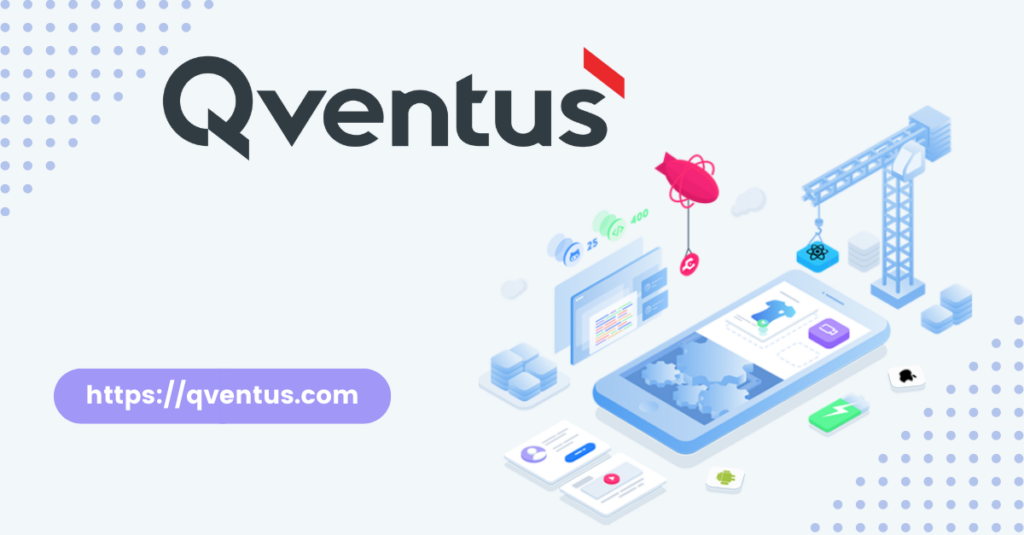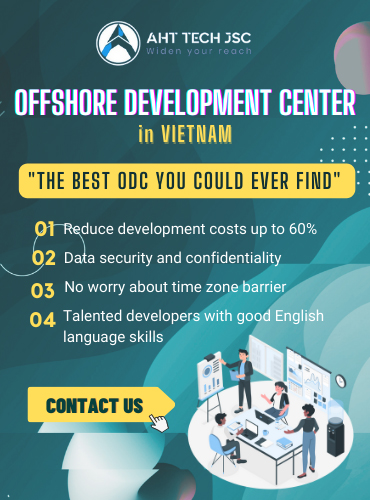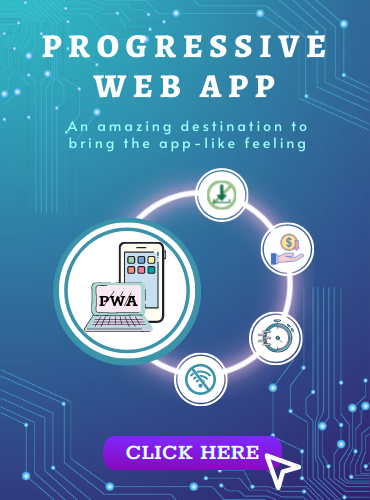Python is a favorite programming language used in lots of majors. One of the fields that enjoy the most benefit from Python is healthcare. With the adoption of Python, healthcare marked a great progress like healthcare apps, hospital operation management, predictive prognosis…and lots of other applications. In this article, we will give you more detailed examples about real applications of python in healthcare. Therefore, you can feel more clear about the influence of Python in the health industry.

First, we give you some basic information about Python
Python has a application in a wide-ranging field recently. Back to the history, Guido van Rossum first innovated Python and launched it in 1991. Basically, Python is a multifunctional programming language. You can see the adaptation of Python almost everywhere data, mathematical computation, or lines of code. Contrary to Java, Python is not limitation to web development.
Python, like most programming languages, uses an interpreter to carry out the finished lines of code. There are many free resources available to help you learn Python. Then it is one of the easiest coding languages to learn because of basing on English syntax.
Then, why is Python the perfect programming language for Healthcare solutions?

Simple and Easy-to-understand syntax
Python is a computer language with a simple and accessible syntax that has appearance widely in healthcare. Even when applying advanced features, developers can write basic code or use plugins to create more plentiful features.
Python is a highly scalable programming language
One of the most important Python advantages in healthcare is scalability. Due to the numerous patients, healthcare institutions may have a big amount of data and a high number of traffic. Python does not lag or crash while working with big amounts of data and information.
Libraries and Community
Python provides a large number of libraries that developers can employ to enhance the mHealth app. Especially, with top 10 best Python libraries for ecommerce, they can totally free from writing code for each characteristic because of a library which can support them. Python projects in healthcare also benefit from a wide community that can help with any problems that emerge. The developers have already answered common Python questions that could hinder the development process.
Security
Because of their stringent health requirements, security is as a top consideration when healthcare firms use digital technology. As a result, Python provides security through its regular updates that address security concerns.
Python’s large library base enables the implementation of such regulations’ needed safety criteria. Python is a great place to start when it comes to healthcare programming languages. Furthermore, it has lots of professionals working and collaborating against any hacking dangers inside its big community.
Automation
There are sure to be repetitive duties in every organization which make staffs find them time-consuming. Python makes it simple to harness the power of automation. Python can be a helpful assistance to create applications that relieve healthcare staff of their responsibilities. Thanks to Python programming, repetitive processes can experience the process of automation to enhance efficiencies in an already busy setting.
Open-source
Simply, anyone can use the tools and software for free. The only catch is that you’d have to develop your own projects. But with the cost-effectiveness of open-source software like Python, this is still a viable alternative for healthcare businesses. This plays an important role in hospitals, which are typically cash-strapped and resource-conservative. Python is frequently the favorite tool in such situations.
When it comes to healthcare data, security is crucial. When building solutions in this industry, information security is frequently a key consideration. Python, on the other hand, is useful once more because its frameworks let secure data interchange, and its need to integrate data for a perfect experience is validated by HIPAA compliance. As a result, there would be no violations.
Versatility and Flexibility
Python aids in the development of both online and offline apps for a number of purposes. Even though this is nothing new because other programs accomplish the same thing, it is highly favourite in the healthcare sector due to its versatility. In this industry, intuitive applications that cater to a wide range of needs are significantly more important than in any other. Emergencies can happen at any moment and in any situation, and if the coding of an application is in a sophisticated way, it can lead to some undesirable outcomes.
Now we list some applications of Python in healthcare which can make you surprise

Healthcare Apps
The most important element that healthcare organizations must support everyone is 24-hour availability. This functionality is simple to implement using online or offline mobile and web applications.
The Python programming language can assist developers in creating simplified and user-friendly healthcare applications. For example, Medication tracking and reminder app development is an successful application of Python which allow users to contact specialists or track their health and fitness at any time and from any location.
Medical Image Diagnostics
Doctors’ decisions in medical diagnostics are mostly reliant on the results of medical imaging. Computed Tomography (CT) and Magnetic Resonance Imaging (MRI) scans are two examples. Traditionally, doctors would perform these tasks manually, using their own eyes to scan the numerous photographs.
This is where Python’s machine learning applications are really outstanding. In some case, Python can be as a data-handling programming language. Then an AI model will receive sets of instructions that employ machine learning to scan these photos automatically. These photos are analyzed, and doctors are given reports with possible diagnoses. All of these computer-assisted diagnoses are supported by AI and Python.
The AI model was able to correctly predict breast cancer diagnosis with 92 percent accuracy in a study conducted by Harvard Medical School. The computer will take over the responsibility of discriminating between cancers and healthy areas. Doctors can use this high level of accuracy as a reference point for making diagnoses.
Hospital Operations Management
Because patients’ lives are in the hands of healthcare personnel, efficiency is critical at hospitals. But, until recently, most healthcare organizations, such as hospitals, lacked such digital infrastructure. The management of doctors, nurses, and other auxiliary staff, as well as their appropriate patient assignments, takes place around the clock in hospitals.
This management process can be rather chaotic, but over the last several years, things have been going in the correct way thanks to the employment of Python. Through the efforts of data scientists, Python is beginning to be used in hospitals for business intelligence. Data science with Python allows hospital operations have a visualization in an easy-to-understand manner, allowing management teams to better optimize healthcare staff allocations.
For More Effective Patient Care
Managing patients takes a lot of time. In healthcare facilities with limited staff, patients, appointments, and treatments cannot be handled all at once. Python healthcare application development enables the institution to take a more technological approach to patient management, allowing employees to focus on other critical activities.
Patients can use Python to make appointments, get answers to basic queries, place drug orders, contact clinicians in an emergency, and update their health information. Because of this holistic approach to patient management, staff will be able to devote more time to treating patients with serious conditions. Because Python is scalable, dynamic, and user-friendly, stakeholders will find it easier to use a Python healthcare application. Any healthcare application will necessitate a secure programming language that can display its skills while also safeguarding patient data. It gives healthcare facilities extra help, helping the system to work more smoothly as a whole.
Medicine Discoveries
Python’s application isn’t limited to direct interactions with patients. Even from the laboratories, the influence on healthcare can be felt. Given the requirement to create medicine that is both safe and effective, the process of generating medicine can be lengthy. Generally, these drugs have been developed by a manual matching procedure in which potential compounds for a given ailment are evaluated against.
Bioinformaticians and healthcare research scientists are beginning to apply computational ways to replace such manual effort, thanks to the use of Python.This could potentially cut down on the time it takes to find a good match that leads to actual drugs.
Predictive Prognosis
Disease prediction analytics is the most crucial benefit of Python programming in healthcare. Python may be used to build Machine Learning models which can forecast diseases before becoming serious.
It’s tough to predict the fate of any sickness. The majority of today’s systems are ineffective in envisioning what will occur next. Based on EHR data, doctors can utilize Python-based healthcare data analytics to estimate the optimum treatment plan or death. Google’s Deep Learning and Machine Learning system, for instance, may foresee cancer in people using medical data and history. The use of Python programs for disease prediction speeds up the therapeutic process, allowing physicians to avoid any major complications.
Faster Protection from Diseases
Medicines are the only items that can assist you cure or avoid a disease. However, the process of producing a drug is extensive. Traditional approaches include a trial-and-error process of combining various compounds in order to find the most efficient and safe treatment for any illness. Python and other programming languages can turn this time-consuming procedure into a digital one. Python, for example, may do several iterations on various substances using a computerized approach, allowing scientists to quickly produce an effective treatment.
And how Medical Startups are using Python?
AICURE

With a New York-based business backed by venture capitalists and the NIH, it is utilizing artificial intelligence to reduce the distance between diseases and successful therapies.
This company monitors patients’ responses to treatment using computer vision and pill recognition technology. They employ AI to “see, hear, and understand how patients react to cure,” as they put it. Built using Django and bespoke Python-based scripting, the interactive medical assistant collects data from audio and visual interactions with patients to measure adherence to therapy and forecast treatment failings.
Face recognition and pill identification technology, for example, aid in ensuring that patients are taking the correct medication.
ROAM ANALYTICS

Takes over biopharmaceutical and medical device firms which need to make judgments, offer therapies, and get the best potential patient outcomes using machine learning (artificial intelligence) and complete contextual data. Roam’s platform is driven by a proprietary data asset called Health Knowledge Graph, which is constantly supplemented with new data utilizing natural language processing.
DRCHRONO

It is a web and cloud-based patient care stage that offers software as a service. This American corporation provides management and medical billing services to doctors and patients and makes electronic health information available digitally. This is mostly a phone and web-based platform.
FATHOM HEALTH

Basically, Fathom Health is a San Francisco-based medical firm that reads, analyzes, and structures datasets in electronic health records using deep learning and natural language processing (NLP) models.
They employs AI models to quickly and accurately code millions of information from patient charts and billing records. Fathom Health uses Python open-source frameworks to secure PHI in real time, which is combined with their de-identification technology.
QVENTUS

They are a California-based firm, offers a real-time prediction software that assists hospitals in forecasting patient influx, initiating relevant therapies, and allocating hospital resources appropriately. Besides, Qventus’ backend apps are written in Python and Java. It is a real-time forecasting technology that assists hospitals in planning for patient influx. Healthcare providers have reported an average reduction of 11% in OR case delays, a 15% decline in length of hospital stays, a 40% cutback in needless lab investigations, and enhanced patient satisfaction using Qventus’ ML-based forecasting approaches.
Lastly, we give you a picture about the future of using Python in Healthcare
Precision medicine is likely to be an impactful examples of employing AI/ML which is one of top 8 big healthcare technology trends 2022. Accuracy medicine aims to provide patients with exact treatment options based on their medical history, genetic information, lifestyle decisions, and constantly changing pathology testing. The overall goal is to produce precision medical tools by combining the most powerful AI approaches (such as deep neural networks, search algorithms, reinforcement learning, probabilistic models, supervised learning, and others).
Python is at the forefront of the quest for accuracy medicine, with developers creating AI tools to model why and in what circumstances diseases are more likely to occur using early screening or routine exam data. This is critical for educating and directing healthcare providers to intervene even before symptoms appear. Other very intriguing prospects for using Python to develop AI/ML applications include digital surgery robots. Think about a patient entering an operating room where robots perform exact treatments on them securely and correctly.
Smart robots powered by AI could work alongside doctors, utilizing distributed data-driven insights and guidance based on operation histories and outcomes. Python’s applications in healthcare are limitless, with the possibility of telemedicine and remote surgery for minor operations in the future.
Conclusion
Through this analytics, we give you an outline about the instance of Python used in healthcare. With the assistance of Python, the health industry gains more achievements. This will affect not only doctors, hospitals but also the citizens. People can benefit from this invention with easy access to health service although they can be faraway from the center or don’t have a standard to go to the hospital. Besides, doctor can reduce a little bit about the burden of work when have to handle with the ton of patient along with paperwork. And in the future, Python will continue to be a trend which can adapt in different fields.
In case you want to develop a app by Python, come to us. Experienced experts at AHT Tech will bring the best Mobile Application Development Services to make you satisfied.. If you want to know more about this, don’t hesitate to contact us.












